“Now all this nightmare picture had vanished. In its place was the vision — fair and bright indeed it seemed — of the end of the whole war in one or two violent shocks.”
Here's a post from the blog archives of Geekery Today; it was written about 4 years ago, in 2021, on the World Wide Web.
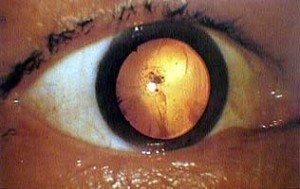
8:15am. 76 years, 140,000 souls.
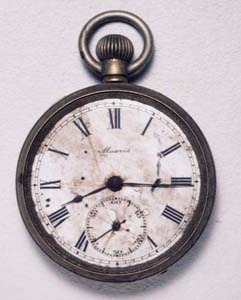
Donated by Kazuo Nikawa
1,600m from the hypocenter
Kan-on BridgeKengo Nikawa (then, 59) was exposed to the bomb crossing the Kan-on Bridge by bike going from his home to his assigned building demolition site in the center of the city. He suffered major burns on his right shoulder, back, and head and took refuge in Kochi-mura Saiki-gun. He died on August 22. Kengo was never without this precious watch given him by his son, Kazuo.
in the annual August 6 memorial event, in memory of the lives lost.
The quotation in the title: “Now all this nightmare picture had vanished. In its place was the vision — fair and bright indeed it seemed — of the end of the whole war in one or two violent shocks….
is from Winston Churchill’s self-serving memoiristic history of the end of the war, The Second World War, Vol. VI: Triumph and Tragedy. Churchill is describing his reactions to the first news of the detonation of a working atomic bomb at the Trinity test site, which Harry Truman and his war officials confided to him at the Potsdam Conference with Truman and Josef Stalin. The same conference reiterated the demand for unconditional surrender. Truman later cited the Potsdam Conference demands as justification for destroying the city of Hiroshima with an atomic bomb, in order to force that outcome. The nightmare picture
for Churchill was the hypothetical death of huge numbers of American and British soldiers during an invasion of the Japanese home islands. He said this was based on the spectacle of Okinawa island
and the terrible death and destruction caused by brutal fighting and the Japanese soldiers’ repeated use of suicide attacks in the last resort.
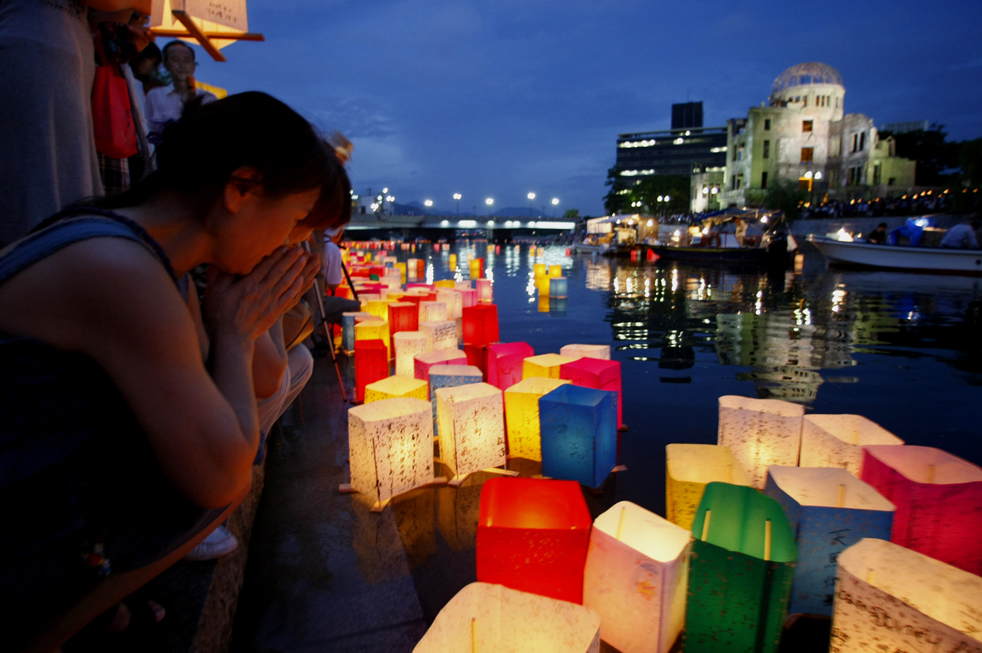
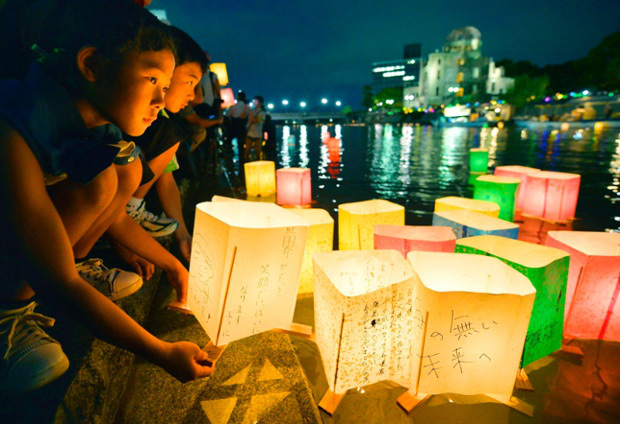
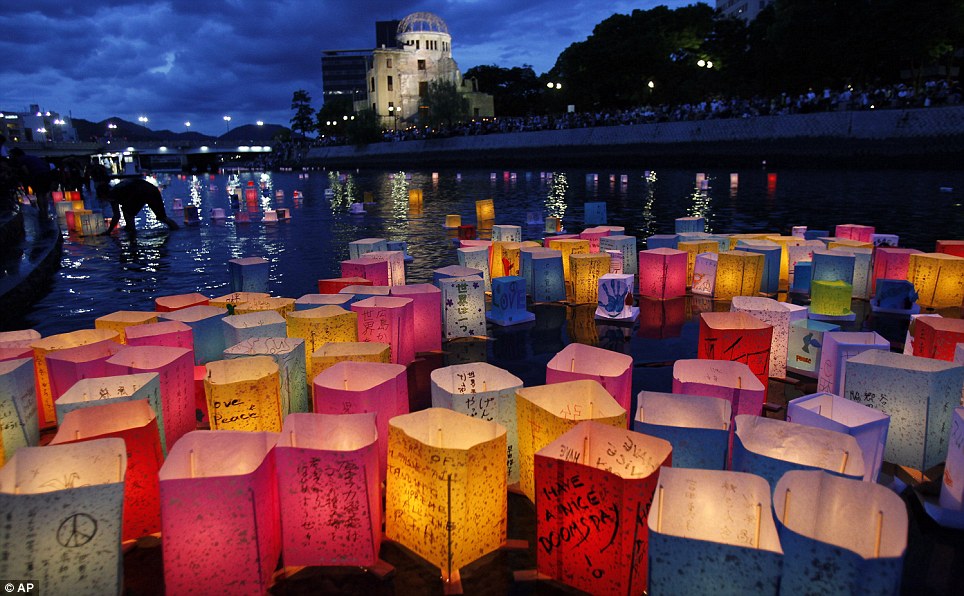
Reply to “Now all this nightmare picture had vanished. In its place was the vision — fair and bright indeed it seemed — of the end of the whole war in one or two violent shocks.” Follow replies to this article · TrackBack URI
Follow replies to this article · TrackBack URI